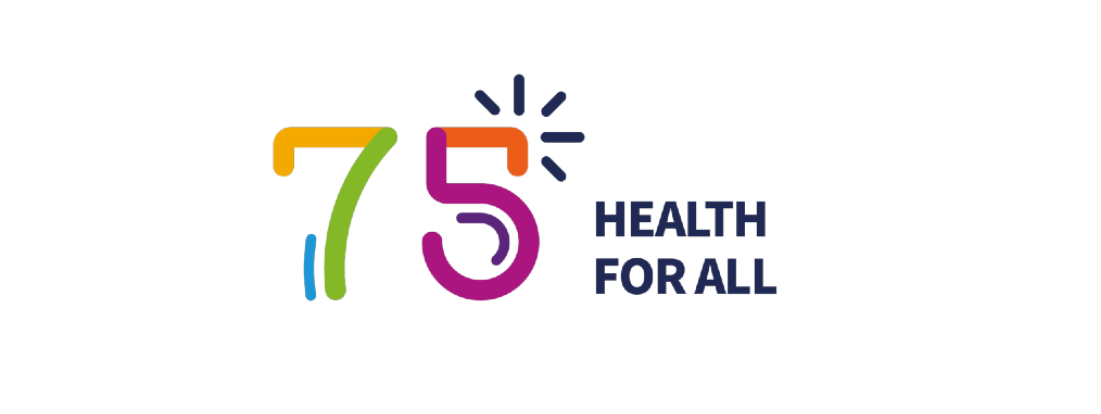What causes health inequities?
Health and illness follow a social gradient – the lower a person’s socioeconomic position, the worse their chances for health. This downward slope is the product of the conditions in which people are born, grow, live, work, and age, and their access to power, resources and decision-making (the “social determinants ofhealth”). These conditions include a person’s education; income; access to social protection (e.g. affordable child services, sickness pay, unemployment protection; and pensions); access to quality health services and good nutrition; access to healthy housing and clean air; and to financial and judicial services.
The quality of these conditions is often made worse by discrimination, stereotyping, and prejudice, which most often affect women and girls, older people, people with disability, or are based on race, ethnicity or sexual identity. Such discrimination occurs not only between individuals, but is often embedded within our institutions and systems, leading to whole populations being underrepresented in decisionmaking at all levels, receiving inferior services, and therefore experiencing poorer life chances. And when climate change and conflict are added to the mix, billions of people face a cocktail of powerful, mutually reinforcing factors that prevent them ever enjoying healthy lives.




Comments
Post a Comment